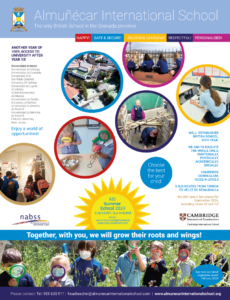Physics
The subject physics supports your study of other science; maths and technology subjects, by studying how and why things work.
Syllabus
EdExcel International
- AS Level (Year 12) – Units 1 ,2 & 3
- A2 Level (Year 13) – Units 4, 5 & 6
Assessment
Units 1, 2 and 3 are for the AS award and are assessed by written examinations that are held in January and June. Units 4, 5 and 6, together with 1, 2 and 3 are for the A2 award and are assessed by written examinations that are held in January and June. Modules can be repeated and the best mark contributes to the final grade.
Unit 1
This unit involves the study of mechanics (rectilinear motion, forces, energy and power) and materials (flow of liquids, viscosity, Stokes’ Law, properties of materials, Young’s modulus and elastic strain energy). Part of this topic may be taught using applications that relate to, for example, sports. The other part of this topic may be taught using, for example, a case study of the production of sweets and biscuits. It may also be taught using the physics associated with spare part surgery for joint replacements and lens implants.
Unit 2
This unit involves the study of waves (including refraction, polarisation, diffraction and standing (stationary) waves), electricity (current and resistance, Ohm’s law and non-ohmic materials, potential dividers, emf and internal resistance of cells, and negative temperature coefficient thermistors) and the wave/particle nature of light. Several different contexts may be used to teach parts of this unit including music, medical physics, technology in space, solar cells and a historical study of the nature of light.
Unit 3
Students are expected to develop experimental skills, and a knowledge and understanding of experimental techniques, by carrying out a range of practical experiments and investigations while they study Units 1 and 2. This unit will assess students’ knowledge and understanding of experimental procedures and techniques that were developed in Units 1 and 2.
Unit 4
This unit involves the study of further mechanics (momentum and circular motion), electric and magnetic fields, and particle physics. Several different contexts may be used to teach parts of this unit including a modern rail transport system, communications and display techniques. Particle physics is the subject of current research, involving the acceleration and detection of high-energy particles. This area of the specification may be taught by exploring a range of contemporary experiments.
Unit 5
This unit involves the study of thermal energy, nuclear decay, oscillations, astrophysics and cosmology. Several different contexts may be used to teach parts of this unit including space technology, medical physics and the construction of buildings in earthquake zones. The astrophysics and cosmology section of this specification may be taught using the physical interpretation of astronomical observations, the formation and evolution of stars, and the history and future of the universe.
Unit 6
Students are expected to further develop the experimental skills and the knowledge and understanding of experimental techniques that they acquired in Units 1 and 2 by carrying out a range of practical experiments and investigations while they study Units 4 and 5. This unit will assess students’ knowledge and understanding of the experimental procedures and techniques that were developed in Units 4 and 5.
